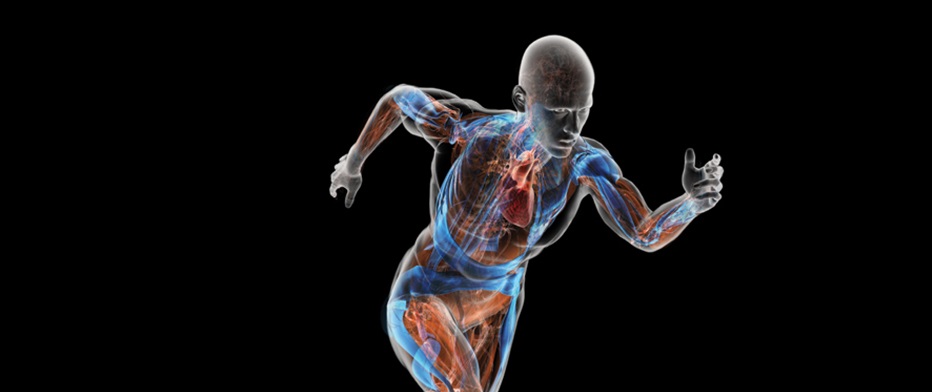Smooth body movements are critical for healthy living and enjoying the pleasures of life to the fullest. The musculoskeletal system should support all body movements to experience and revel in the physical world. Sadly, it does not happen that way for many people. Those who suffer from movement limitations face many survival challenges that affect their health and happiness. To make life more pleasurable by aiding free movements, you should rely on a physical trainer with good knowledge of biomechanics, which can help overcome movement restrictions.
Biomechanics is the science behind movements that helps to understand the interdependence of bones, muscles, tendons, and ligaments and how these work together to create movement in humans or any living body. To learn more about the knowledge resources that help understand biomechanics and movements, log on to https://www.muscleandmotion.com/.
- Biomechanics in sports
Biomechanics is a branch of kinesiology that studies movement mechanics and is critical in analyzing and improving sports performance. Since the laws of mechanics apply to human biomechanics, it is necessary to have a thorough understanding of the human anatomy and the musculoskeletal system. Many people consider biomechanics as the physics of sports as it can help improve performance and techniques and produce enhanced sports equipment.
- Improve performance – The principles of biomechanics help improve sports performance by shedding light on proper techniques, minimal muscle force, and effective posture to enhance efficiency that boosts performance.
- Technique improvement – Physical and fitness instructors and sports coaches heavily depend on biomechanics concepts to identify flaws in the techniques of sports persons and eradicate these to improve performance. For example, making subtle changes in some specific movements makes it possible to impact the overall performance significantly.
- Improved sports equipment design – Sports equipment is directly linked to the user’s performance, and sports equipment manufacturers are constantly improving their products based on various biomechanical studies and analyses.
- Sports biomechanics
Biomechanics is a broad subject with many subsets of which sports biomechanics applies exclusively to sports. Also known as sport and exercise biomechanics, the focus is on analyzing human movement’s physiological mechanics. This includes analysis of the forces to understand their interaction and the effects that these forces have on the body, inside and outside.
- Benefits of sports biomechanics
The benefits of deploying biomechanics in sports include speedier movements such as swimming, running, etc., and boosting the power necessary for lifting, jumping, hitting, etc. By economizing movement, biomechanics helps to conserve energy and eliminate muscle imbalances, besides reducing the wear and tear of ligaments and joints. The effects of biomechanics reflect in the improved form and technique of the sport where the science is applied.
Improving athletic performance by making suitable changes to the technique is the primary goal of sports biomechanics. At the same time, it helps prevent sports injuries and speed up recovery. You must use an app that will help you achieve the desired results. At the same time, you can get in touch with a physical trainer with in-depth knowledge in this field and can guide and assist you in the right direction.


